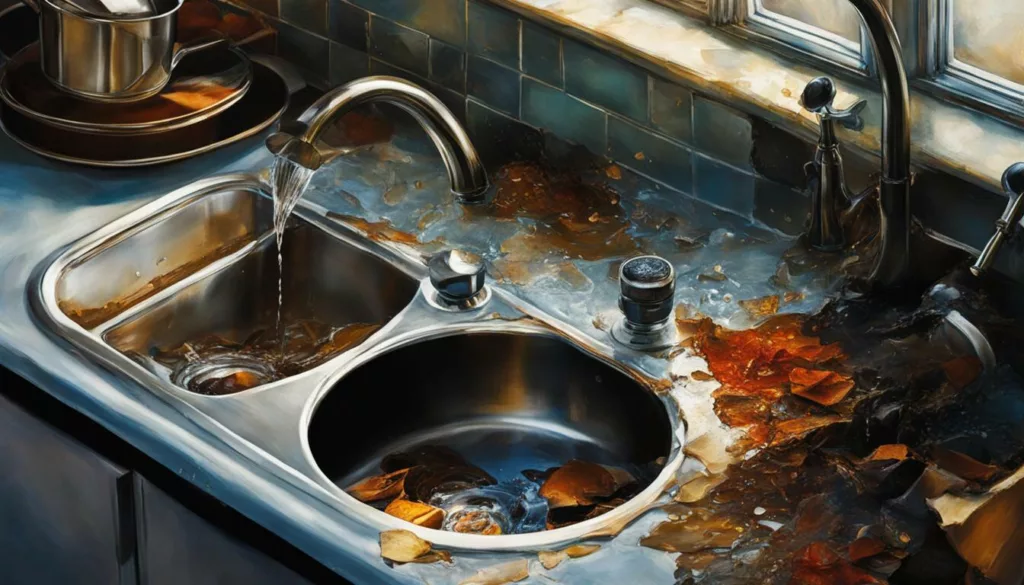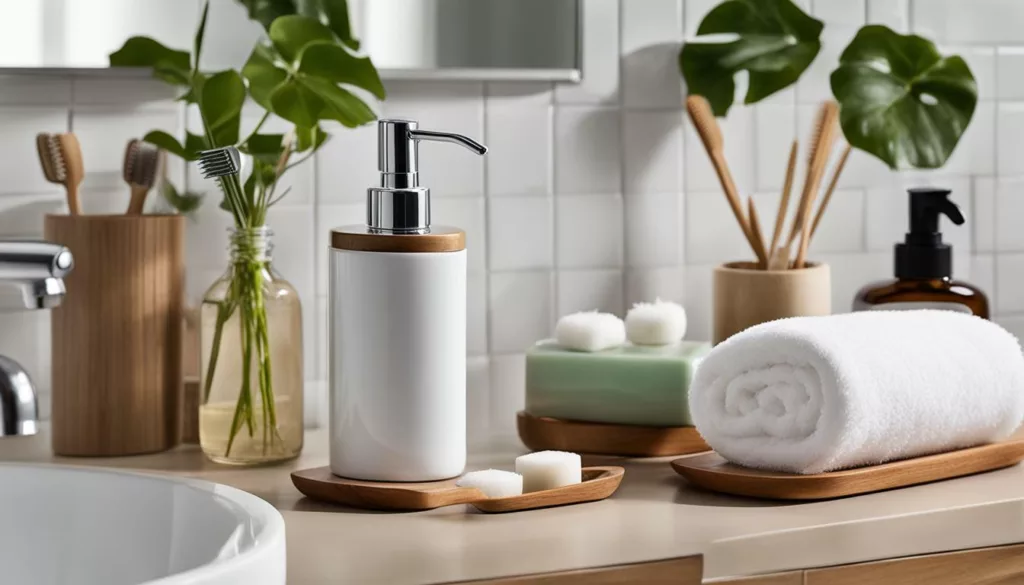SWR Pipes and Fittings Name List with Uses and Images
When you’re embarking on a construction or renovation project in India, one key area you’ll need to understand is plumbing. Specifically, SWR (Soil, Waste, and rain) pipes and fittings play a crucial role in managing wastewater effectively. But, what size is an SWR pipe typically, and how does it compare to other plumbing options like PVC? Understanding the difference between SWR pipes and PVC pipes can influence your decision-making, ensuring a robust and long-lasting plumbing system. In this guide, we’ll detail the SWR pipes and fittings name list, and provide practical use cases and vivid images to help you make informed choices for your plumbing needs.
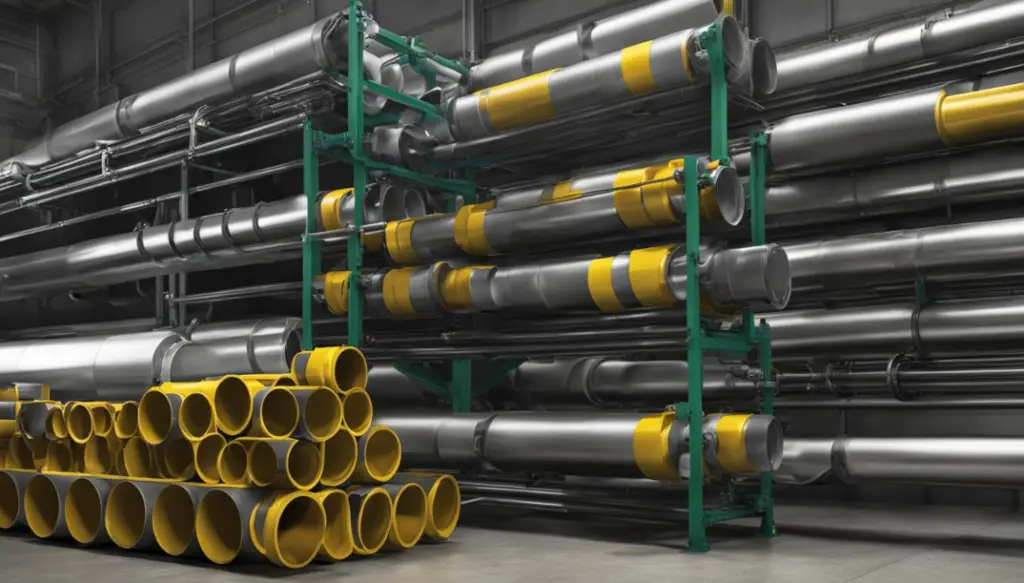
Key Takeaways
- Gain insight into what SWR Pipes and Fittings entail for superior waste management.
- Determine what size an SWR pipe is and its relevance to your specific project.
- Understand the difference between SWR pipes and PVC pipes, including their uses and benefits.
- Access an extensive SWR Pipes and Fittings name list for easy identification and selection.
- Equip yourself with the knowledge to select the right efficient soil and waste disposal systems.SWR Pipes and Fittings
Understanding SWR Pipes and Fittings
When looking at modern plumbing systems in India, the significance of SWR Pipes and Fittings cannot be overstated. They are essential for a fully functional waste management system, adept at dealing with soil, waste, and rainwater. Here, we’ll navigate the basics of SWR technology, discuss typical SWR pipe sizes, and compare SWR vs PVC pipes to help you make an informed decision.
What are SWR Pipes and Fittings?
SWR Pipes and Fittings are specialized plumbing components designed for joining, extending, or terminating the SWR pipes. These include a variety of couplings, elbows, tees, and other accessories that are engineered for easy installation and durability. The “SWR” in these fittings stands for Soil, Waste, and Rain, indicating their application in expelling waste and rainwater from buildings, ensuring a clean and hygienic environment.
What Size is an SWR Pipe?
SWR pipes come in various sizes to accommodate different volumes of wastewater flow. In India, SWR pipe sizes commonly range from 40mm to 160mm in diameter, with varying lengths typically from 2.5 to 6 meters. These sizes are strategically manufactured to meet the demands of both residential and commercial plumbing needs, facilitating smooth waste disposal.
What is the Difference Between SWR Pipe and PVC Pipe?
Comparing SWR vs PVC pipes, we find that both are made from polyvinyl chloride (PVC), but SWR pipes possess a unique formulation and design tailored for waste management. The SWR system is notably more rigid with a higher impact strength, which is indispensable for withstanding the abrasive nature of waste materials. Additionally, they are UV-stabilized, making them suitable for external use during rainfall.
PVC pipes, on the other hand, although versatile and used widely in plumbing, may not match the specific requirements for an effective SWR system, such as clog resistance and exposure to environmental elements. It is essential to choose the right pipe type that guarantees durability and supports the infrastructure of the building adeptly.
A Comprehensive SWR Pipe Fittings Name List
As you delve deeper into the construction or plumbing project you’re embarking on, it’s imperative to familiarize yourself with the components that make up a complete SWR system. Below, you’ll find an extensive SWR pipe fittings name list. This catalog is designed to give you a clear picture of each item, ensuring you have the right pieces for effective soil and waste management.
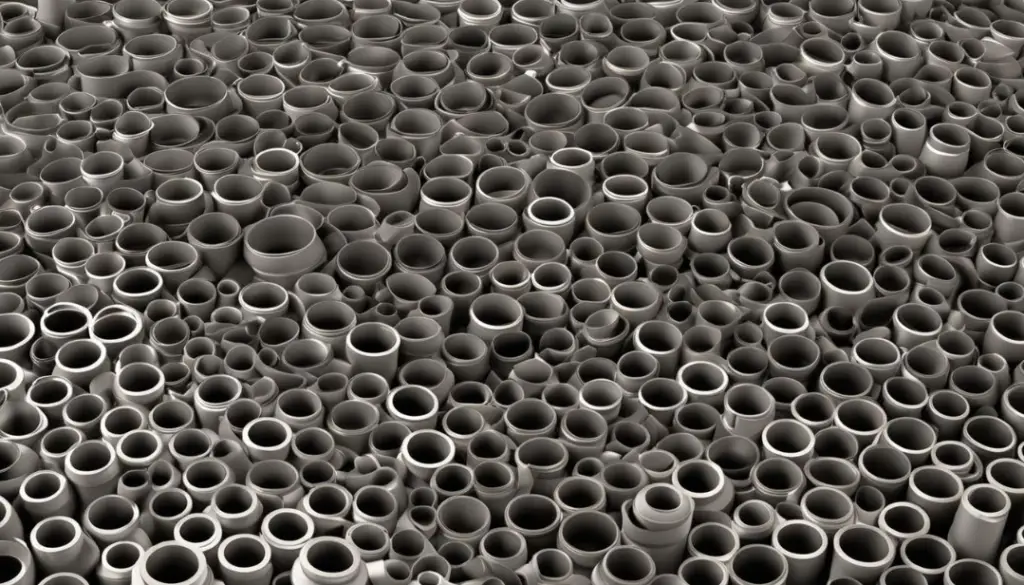
Each fitting has its specific application, and knowing what these are can significantly enhance the functionality and reliability of your piping system. From single-socket pipes to double-socket pipes, each component serves a purpose in maintaining the integrity of the system, ensuring smooth flow and preventing leakages or clogs.
| Component | Function | Application |
|---|---|---|
| Single Socket Pipe | A pipe fitting with one socket end to connect another pipe or fitting | Used where a straight run is required |
| Double Socket Pipe | A pipe fitting with two socket ends allows for two separate pipes to be connected | Facilitates a branch connection or angle change |
| Coupler | Used to connect two pipes end-to-end | Effective for extending the length of a piping system |
| Repair Coupler | A type of coupler designed specifically for repairing broken or damaged pipes | Used in maintenance and quick fixes without replacing entire pipe sections |
| Bends | Elbow fittings that change the direction of piping | Crucial in layouts that require turns and avoiding obstacles |
| Tees | T-shaped fittings that split the flow of water into two directions | Typically used where a new branch line is required off the main line |
| Traps | Fittings are designed to trap debris and prevent it from clogging the system | Most commonly found beneath sinks, basins, and in drain lines |
Whether it’s a coupler for joining sections or a repair coupler for making swift repairs, each fitting is integral to the SWR system’s efficiency and safety. Moreover, bends accommodate the layout’s directional requirements, tees introduce branches, and traps enhance the system’s hygiene by preventing backflow.
Having this list at your fingertips allows you to quickly identify the pieces you need, making your shopping or construction planning both convenient and precise. Ensure that you consult with professionals to match the exact specifications and standards required for your project.
Exploring the Different Types of SWR
In the realm of efficient plumbing, the types of pipes and fittings you choose can make a significant difference. Soil, Waste, and Rain (SWR) pipes offer various configurations and functionalities to tailor to different construction needs. In this section, we will delve into the versatility of socket pipes, the practical uses of couplers, and understand why bends play a pivotal role in your plumbing setup.
The Versatility of Single and Double Socket Pipes
Whether you’re handling a domestic fix-up or a large-scale construction project, single socket pipe uses include creating a linear run in your piping system. Its simplicity provides ease of installation and a secure connection point for extending the length of your plumbing. On the other hand, double socket pipe uses shine in their adaptability. By allowing for angles or T-junctions, they enable you to maneuver around corners and navigate through complex building layouts with ease.
The Functionality of Couplers and Repair Couplers
Coupler uses in plumbing extend beyond just connecting two pipes. They are critical for maintaining a continuous and leak-free flow within your SWR system. Similarly, repair coupler uses include making swift corrective adjustments to damaged or worn sections without the need to replace entire lengths of piping, saving both time and resources.
The Importance of Bends in Pipe Fittings
In constructing a highly functional plumbing network, incorporating bends in plumbing is essential. Bends allow for directional changes, which are inevitable in most plumbing routes. Incorporating the correct angle and type of bend can vastly improve water flow efficiency, prevent blockages, and accommodate the structural design of any building.
Implementing the appropriate variety of SWR pipe fittings is crucial in designing an effective waste management system. With this deeper understanding of each type of fitting, you’ll be better equipped to make informed decisions that contribute to a robust plumbing framework for any construction project.
The Essential Role of SWR in Plumbing
The realm of plumbing in India is vast, and among the numerous options, SWR pipes stand out for their multifunctional capacities. Their role in efficiently managing soil, waste, and rainwater underscores their importance in the construction and maintenance of any building. SWR pipes boast durability and versatility, making them a preferred choice for architects and builders alike. Let’s delve into the typical SWR pipe uses and understand their applications across various settings.
What is SWR Used For?
Soil, Waste, and Rain (SWR) pipes are primarily used for draining away wastewater and rainwater, ensuring that buildings remain hygienic and free from water-related damage. These pipes are specifically designed to handle the load of corrosive substances and high-pressure water flow, which are common in waste disposal systems. The efficient disposal of waste is not only crucial for maintaining the structural integrity of a building but also for the health of its occupants.
Common Applications of SWR Pipes
The applications of SWR pipes are numerous, serving an essential function in various sectors:
- In residential structures, SWR pipes are indispensable for toilet and kitchen waste disposal, effectively preventing blockages and leaks.
- Commercial buildings like hotels and offices employ SWR pipes for their ability to handle high volumes of wastewater with minimal maintenance.
- For industrial settings, these pipes are crucial due to their strength and resistance to harsh chemicals and temperatures.
Furthermore, they are equally critical outdoors, used alongside roadway curbs and agriculture for proper drainage during heavy rains. Thus, the use of SWR pipes is a fundamental element in modern plumbing and infrastructure development.
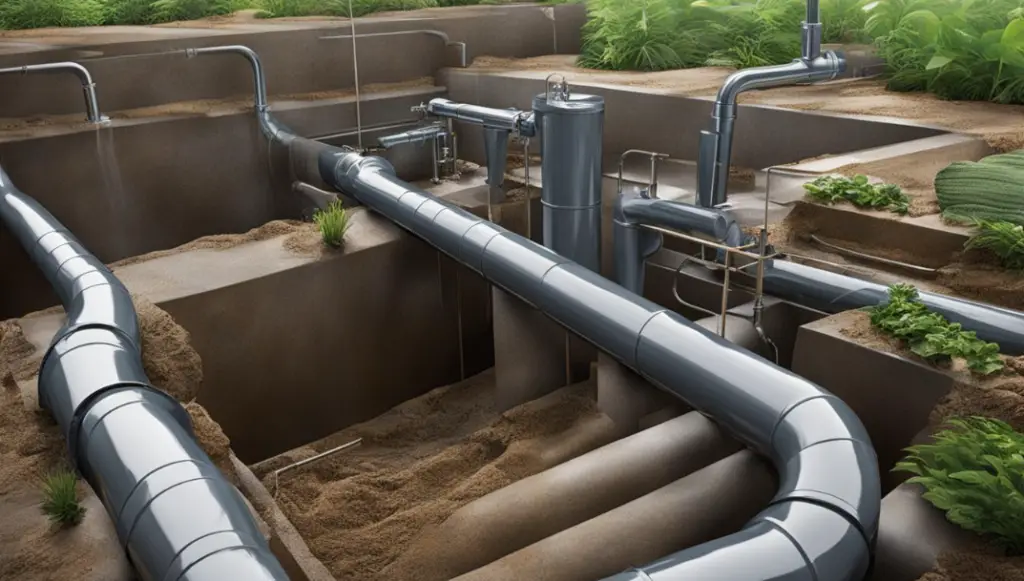
Installation Tips for SWR Pipes & Fittings
When it comes to installing SWR pipes and fittings, precision is key to ensuring a functional and leak-proof system. This guide serves as your comprehensive SWR fittings installation guide, detailing essential steps and best practices. Follow these tips to ensure your installation process is seamless and effective:
- Before beginning, thoroughly inspect all pipes and fittings for any damage or irregularities to avoid future complications.
- Measure twice and cut once: Accurate measurement is vital. Confirm all dimensions are correct before making any cuts to the pipes.
- Ensure that all pipes and fittings are clean, and free from dust and dirt, to prevent any blockages or poor adhesion during the joining process.
- Use a saw specifically made for cutting plastic to maintain a straight, smooth edge which will ensure better fitting.
- After cutting, always deburr the inside and outside of the pipe ends. Burrs can restrict flow and may cause leak paths to form.
- Apply pipe lubricant evenly but sparingly on the outside of the pipe and inside the fittings. Excess lubricant can attract dirt or cause the fitting to slip out under pressure.
- Carefully align the pipe and fitting before insertion. Misalignment can result in an improper joint and subsequent leakage.
- Insert the pipe into the fitting with a slight twisting motion to evenly distribute the lubricant and ensure a solid, complete insertion.
- Always support the pipe properly to prevent stress on the joints. Use clamps or straps to secure the pipework, especially at junctures and bends.
- After installation, perform a leakage test to ensure that all joints are secure and watertight.
Remember, the durability and reliability of your SWR system greatly depend on the care taken during installation. Using the right tools and following these guidelines will contribute significantly to the longevity and efficiency of your plumbing infrastructure.
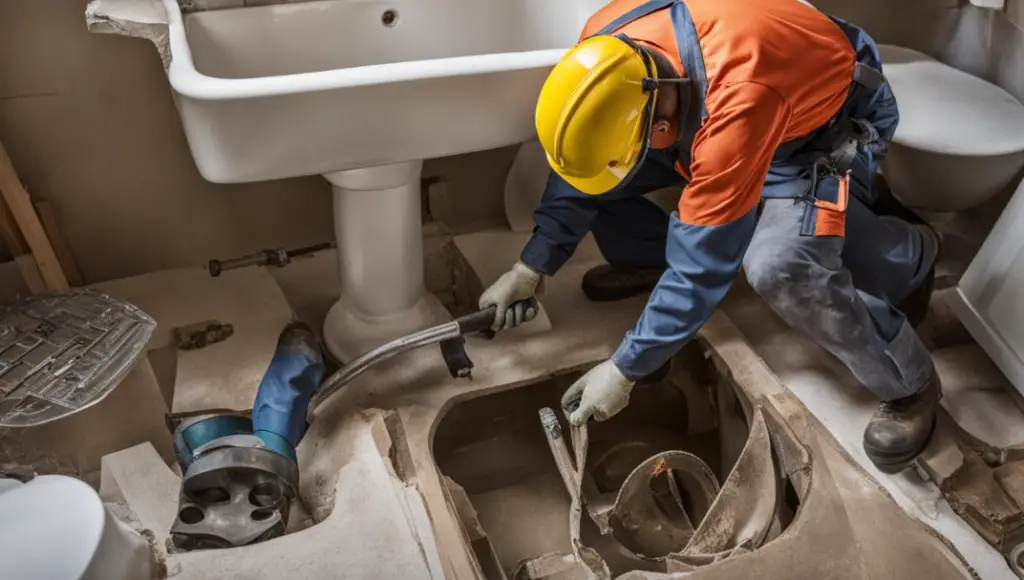
Single Socket Pipe with Uses and Image
When you’re setting up a plumbing system, the type of pipe you select is crucial for ensuring a seamless and efficient flow. One such indispensable component is the single socket pipe. Renowned for its ease in creating robust connections, single socket pipe uses extend to various scenarios within the plumbing infrastructure. These pipes are designed to maintain continuity in your system, making them ideal for a straight run, and proving essential for carrying water efficiently without leakage.
The integration of a single socket pipe ensures secure joining points and plays a pivotal role in the installation. Thanks to their simple yet effective design, they are overwhelmingly chosen for piping systems that require straightforward connections without changes in direction. Here’s a closer look at the numerous applications of single-socket pipes:
- As part of a residential sewer system, ensuring the safe passage of wastewater from homes.
- In agricultural settings, enabling irrigation is enabled in a single, uninterrupted flow.
- For industrial waste management, a direct line is necessary for waste disposal.
- In urban infrastructure, primarily within underground drainage systems that collect rainwater and domestic effluents.
Accompanying these uses is the need for clear visualization, which is where a high-quality single socket pipe image becomes invaluable. Providing a visual reference aids in identifying the pipe before purchase and installation. Below you can view an image of a single socket pipe, noting its construction and the socket end that defines its utility:
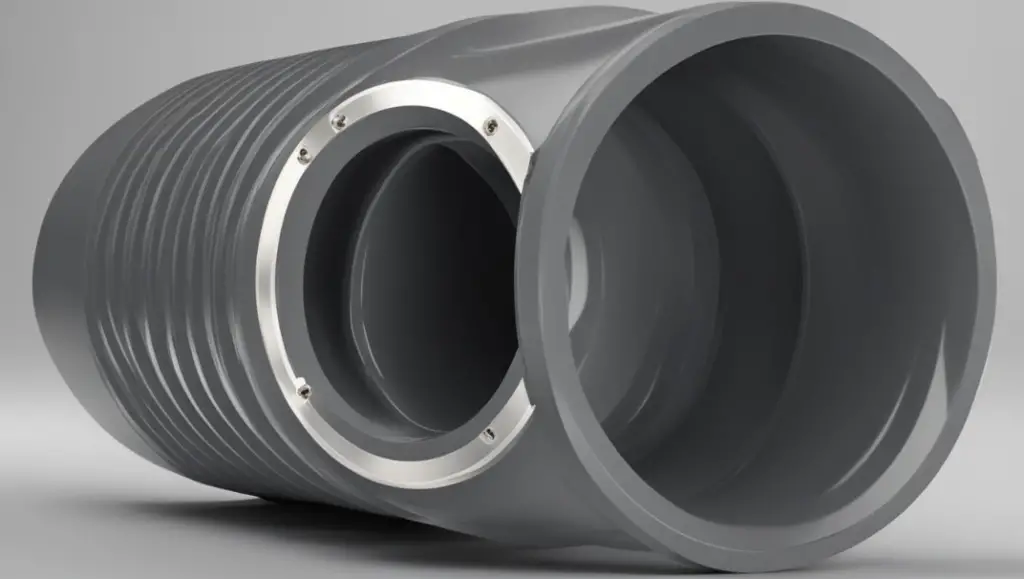
When planning your next plumbing endeavor, consider the unmatched efficiency of single-socket pipes for areas that require direct runs. Their reputation for reliability and apparent ease of use make them a go-to option for plumbers and do-it-yourself enthusiasts alike. With these insights, you can appreciate why single-socket pipes are fundamental in executing a successful plumbing network.
Guide to SWR Pipes & Fittings: Types and Uses
Exploring the vast world of plumbing might seem daunting, but understanding the types of SWR pipes and their corresponding SWR fittings uses can simplify the process. SWR (Soil, Waste, and Rain) pipes and their fittings are tailored to ensure efficient waste and rainwater management in a variety of settings, and knowing which type to use is essential for any successful plumbing project in India. Below is your go-to guide, featuring key insights into the various types and uses of SWR pipes and fittings.
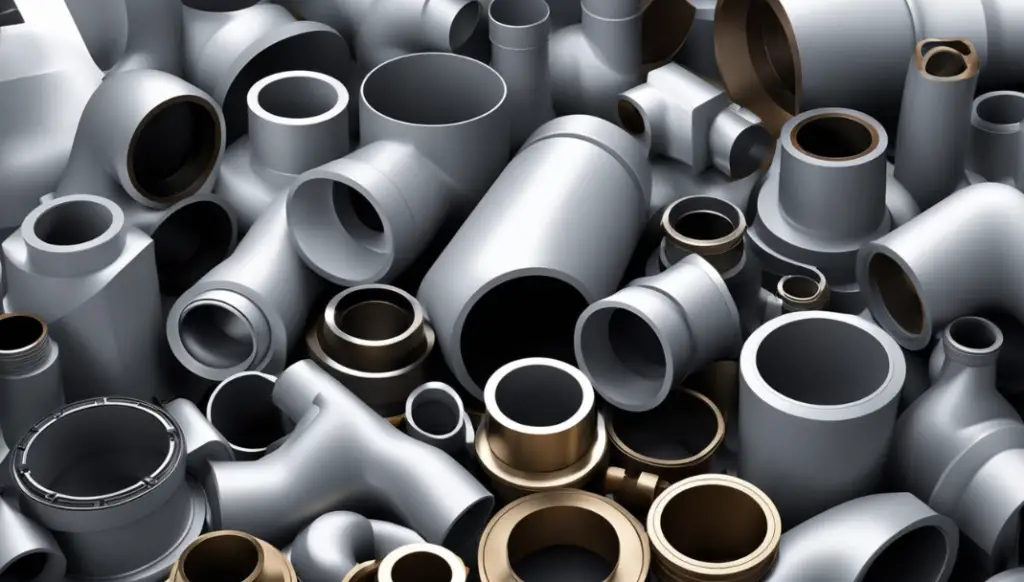
From durable piping for underground installations to specialized fittings for hassle-free maintenance, SWR systems cater to diverse requirements. Let’s delve into their myriad applications and the nuances that differentiate one type from the other.
- Unplasticized Polyvinyl Chloride (uPVC) SWR Pipes – These are commonly used for their strength, resistance to chemical erosion, and ease of installation. Ideal for all waste and rainwater solutions, they ensure a clean and efficient plumbing system.
- Single and Double Socket Pipes – Single socket pipes are perfect for creating a linear run, while double socket pipes allow for a change in direction, demonstrating the SWR fittings used in creating versatile pipe layouts.
- SWR Fittings – A comprehensive range including bends, tees, junctions, and other specialized fittings is what allows for custom configurations to match any plumbing infrastructure’s needs.
When it comes to SWR pipes and fittings uses, different types serve varied and specific purposes. Here’s how you can apply them in practical plumbing tasks:
| Type of SWR pipes and fitting | Description | Uses in Plumbing |
|---|---|---|
| Couplers | A fitting that connects two pipes end to end | Useful in extending the length of a pipeline or repairing a damaged section |
| Elbows/Bends | An angled fitting that changes the direction of the pipeline | Employed when you need to navigate the pipes around corners or obstacles |
| Tees | A T-shaped fitting that splits the flow into two directions | Integral for branching off the main pipe to multiple outlets |
| Reducers | Fittings that connect pipes of different diameters | Crucial in transitioning between large main pipes and smaller branch pipes |
| Traps | Fittings that prevent foul gas from re-entering the building | Typically installed beneath sinks and toilets |
| End Caps | Used to close the end of a pipeline | Applied when temporarily or permanently sealing off a pipe end |
Thorough knowledge of the types of SWR pipes and SWR fittings used will not only give you confidence when selecting materials but also ensure the longevity and reliability of the plumbing system you are working on. Paying attention to the specifics can save costs and time in future maintenance and repairs. Empower yourself with this guide as you embark on your next plumbing venture.
The Versatility and Benefits of Double Socket Pipes
The world of modern plumbing is embracing the effectiveness of double socket pipes, known for their adaptability and functionality. These fittings manifest the true power of plumbing flexibility, streamlining installations with their capacity to provide robust junctions swiftly. The double socket pipes’ benefits span a wide range of applications, from facilitating the smooth turn of corners to allowing for branching without compromising the integrity of the system.
Perhaps what is most compelling about double socket pipes is their versatility. In configurations where the change of direction is paramount, these pipes ensure the flow is not hindered, and structural aesthetics are maintained. The ingenuity behind the design of double socket pipes reveals a depth of understanding about the challenges that come with intricate plumbing networks, particularly in urban infrastructures or complex building layouts.
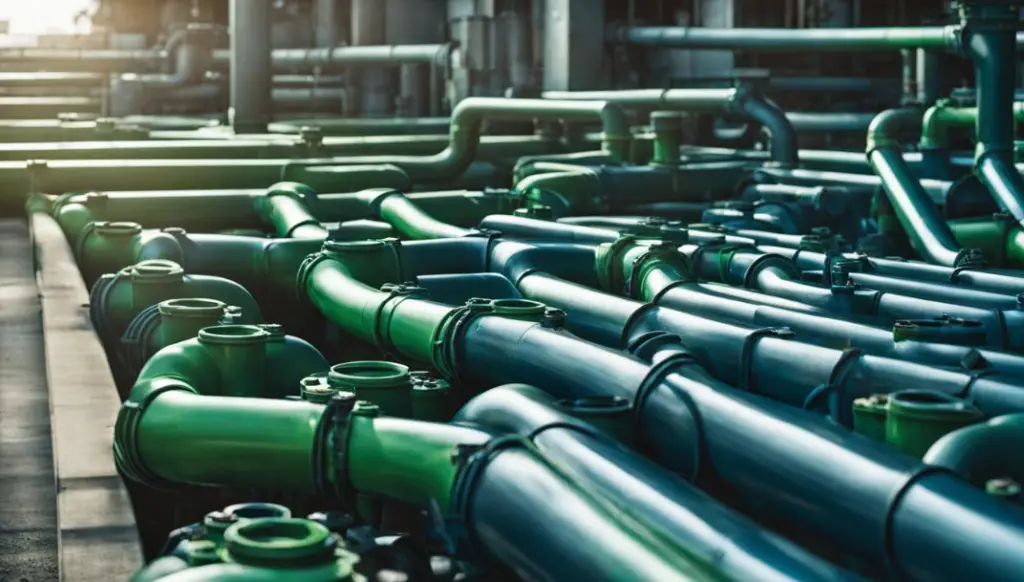
The advantages of using double socket pipes do not end with their flexibility. Their integration into a system highlights ease of installation—a boon for plumbers who can cut down on time while ensuring reliability. Moreover, their inherent leak-proof nature contributes to long-term cost savings by reducing the need for frequent repairs or replacements due to water damage.
Let us delve into a more granular view with a comparative table that elucidates the double socket pipes benefits:
| Benefit | Description |
|---|---|
| Adaptability | Enables complex configurations with ease, suitable for varying plumbing layouts. |
| Installation Efficiency | Reduces time spent on fitting thanks to the straightforward design. |
| Cost-Effectiveness | Saves on long-term maintenance and repair expenditures due to durable construction. |
| System Integrity | Maintains water flow and pressure, thereby reducing the risk of leaks or bursts. |
| Space Conservation | Allows for angular connection without additional space requirement, which is ideal in confined areas. |
If you are planning or revamping a plumbing system, considering the dynamic double socket pipe versatility can significantly contribute to an impeccable and durable setup. The ability of these pipes to merge seamlessly into various scenarios while offering unmatched fluidity in waste management is truly revolutionary. It sets the stage for sophisticated plumbing systems that are not only optimized for performance but also support sustainable living through effective water management.
Using Couplers to Connect SWR Pipes: Benefits and Images
When it comes to assembling or repairing your SWR (Soil, Waste, and Rain) pipe system, the **use of couplers** offers significant **benefits**. These straightforward fittings are crucial for managing **SWR pipes connection** in both residential and commercial settings. Understanding the advantages of couplers will help you see why they are essential components in any plumbing project. Below, we discuss the key benefits of using couplers and showcase **coupler images** to guide you in their application.
**Ease of Installation**: Couplers are ingeniously designed to connect two pipes with minimal effort. Their simple mechanism allows for quick and secure SWR pipe connections, reducing installation time significantly.
**Versatility**: Suitable for various diameters and types of pipes, couplers offer a universal solution to join SWR pipes, whether they are of the same or different sizes.
**Cost-Efficiency**: Employing couplers to extend or repair your plumbing system can save costs associated with buying new pipe lengths or performing extensive replacements.
**Durability**: Made from robust materials, couplers ensure a long-lasting and resilient joint, which is vital for the longevity of your SWR system.
**Repair and Maintenance**: Couplers facilitate simple and effective repairs by allowing damaged sections to be easily replaced or extended, ensuring your system remains in optimal condition.
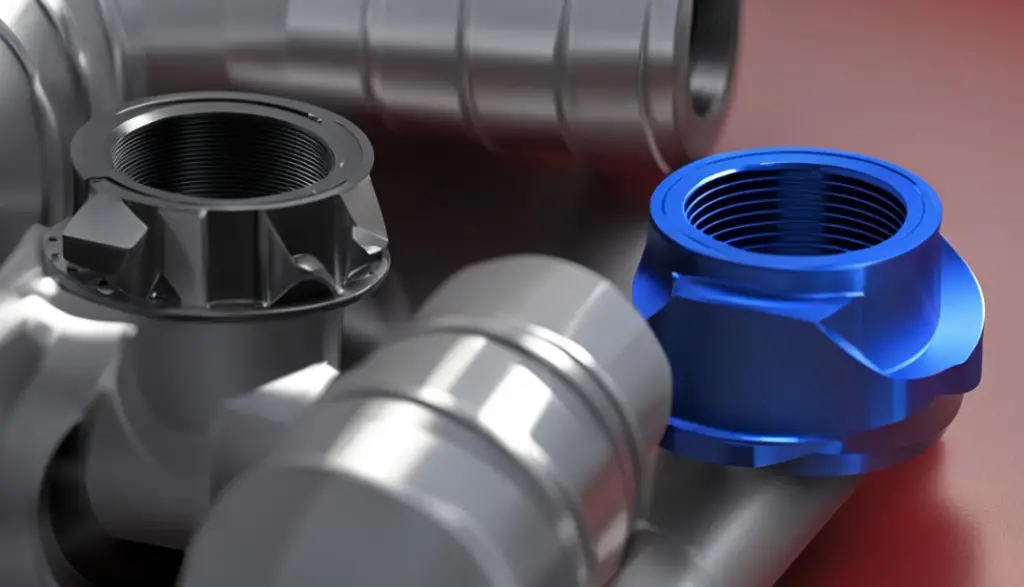
Moreover, the visual aspect of these components can often be overlooked in their functional role. By viewing **coupler images**, you can gain a better understanding of their application and the correct installation process. The images reveal the sophistication of their design and demonstrate their compatibility with various pipe types and sizes.
Let’s look at a table that summarizes the benefits of SWR pipes coupler:
| Benefit | Description |
|---|---|
| Installation Convenience | Couplers enable swift and straightforward assembly, resulting in reduced labor time. |
| Connection Reliability | High-quality couplers ensure a secure and tight seal, reducing risks of leakage. |
| Maintenance Simplicity | Provides a hassle-free way to make repairs or adjustments to the piping system. |
| Material Robustness | Typically manufactured with durability in mind, they withstand environmental and chemical wear. |
| Economic Efficiency | Offers an affordable solution for extending the life of existing piping with minimal additional investment. |
Incorporating couplers into your pipeline not only brings immediate installation and repair benefits but also contributes to the overall **efficacy and resilience of your SWR system**. The next time you are looking at an SWR pipe connection, remember that a well-chosen coupler can make all the difference in creating a reliable and long-lasting sewage, waste, and rainwater management network.
Repair Coupler Applications in SWR Systems
As a critical facet of SWR system maintenance, repair coupler applications provide a versatile and cost-effective solution for repairing damaged sections of piping. Their design permits a seamless integration into existing pipelines, bypassing the need for a complete overhaul when minor issues arise. Below we explore various scenarios where employing repair couplers can significantly reduce downtime and maintenance costs, ensuring the longevity of your SWR systems.
- Repairing Cracks and Breaks: Repair couplers can bridge fractures or splits in pipes, restoring the integrity of the wastewater flow without needing full pipe replacement.
- Connecting Mismatched Pipe Sizes: They can efficiently join sections of SWR pipes that vary slightly in diameter, maintaining a smooth transition and flow within the system.
- Facilitating Easy Access for Maintenance: Strategically installed repair couplers can serve as access points for future inspections and cleanings, easing SWR system maintenance efforts.
The utility of repair couplers extends beyond simple fixes, functioning as integral components that enhance the adaptability and resilience of your wastewater infrastructure. The following table provides further insight into the practical applications and benefits of utilizing repair couplers:
| Scenario | Application of Repair Coupler | Benefit |
|---|---|---|
| Leakage Resolution | Seals the gap caused by leaks in pipe joints or sections | Prevents water damage and conserves resources by avoiding wastage |
| Pipeline Extension | Links additional pipe lengths for system expansion | Enables system growth without the need for extensive construction |
| Emergency Repairs | Acts as a swift solution for unexpected pipe damages | Minimizes system downtime and quickly restores function |
| Corrosion Rectification | Covers areas affected by corrosion until a permanent fix is possible | Temporarily extends the life of the pipe, saving costs on immediate replacement |
The advent of repair couplers has remarkably simplified repair coupler applications in SWR system scenarios, offering a pragmatic approach toward long-lasting repairs. Keep your plumbing infrastructure in prime condition by incorporating these indispensable fittings, ensuring that your system remains robust against the frequent challenges of wastewater management.
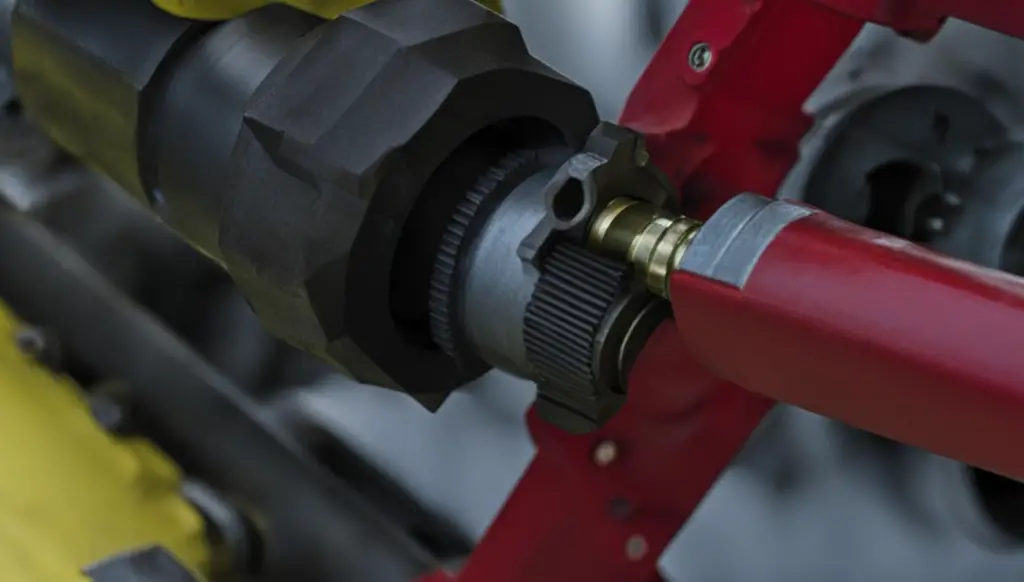
Maximizing Flow Efficiency with Plain and Door Bends
Swift and smooth changes in direction within your plumbing network are imperative to maintaining optimal flow efficiency. Utilizing specific bends like the plain bend 90 degrees and door or plug bends can dramatically boost the functionality of your Soil, Waste, and Rain (SWR) systems. These bends are cleverly designed to redirect water flow without causing significant resistance or blockages. In this section, you’ll learn about their vital uses and how they contribute to the efficiency of your plumbing setup.
Plain Bend 90 Degree Uses and Image
The plain bend of 90 degrees is a staple in SWR systems that require a sharp turn. The primary plain bend 90-degree uses include redirecting pipes that need to change direction vertically or horizontally, optimizing the space within the construction layout. These bends are crucial in households and commercial buildings where pipes need to navigate corners or intersect with other pipelines without disrupting the flow. A smooth transition at a 90-degree angle minimizes potential blockages and preserves the integrity of the SWR system’s performance.
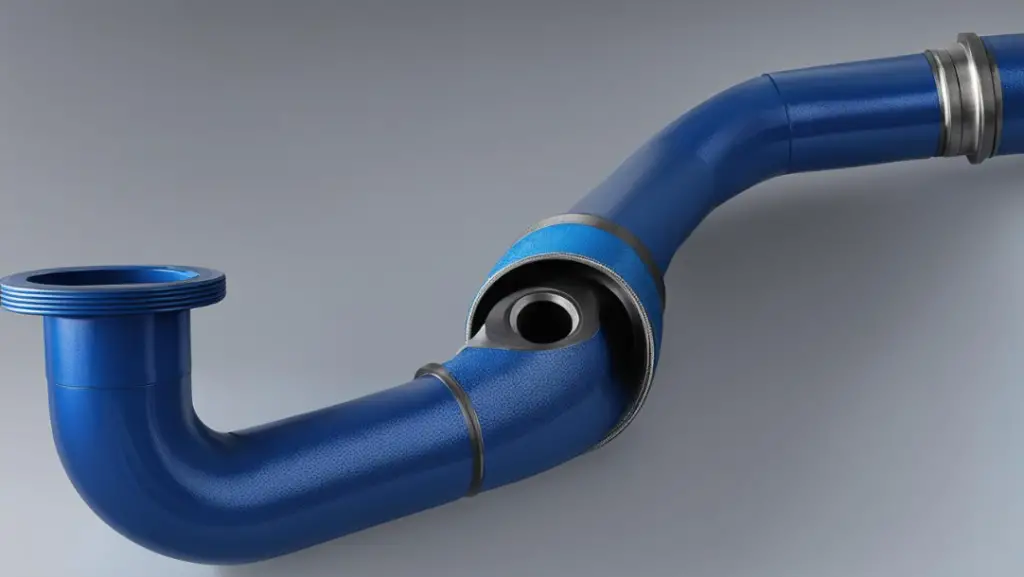
Below, find a simple guide to where and why a plain bend 90 degrees should be incorporated:
- **Under sinks** – to connect the drain to the main sewer line.
- **In shafts** – used when the pipe needs to traverse between floors.
- **Around obstructions** – ensuring the pipe route is unobstructed.
Door Bend or Plug Bend Uses and Image
In areas where maintenance access is necessary, the door bend or plug bend is the fitting of choice. Door bend uses are particularly prevalent where potential clogs may occur or where regular cleaning might be required, as they provide an entry point to the pipeline. Having a door bend installed enables professionals to perform inspections and clear out any blockages without dismantling the entire pipeline. This design consideration greatly enhances the plain and door bend efficiency, ensuring not only smooth flow but also ease of system maintenance.
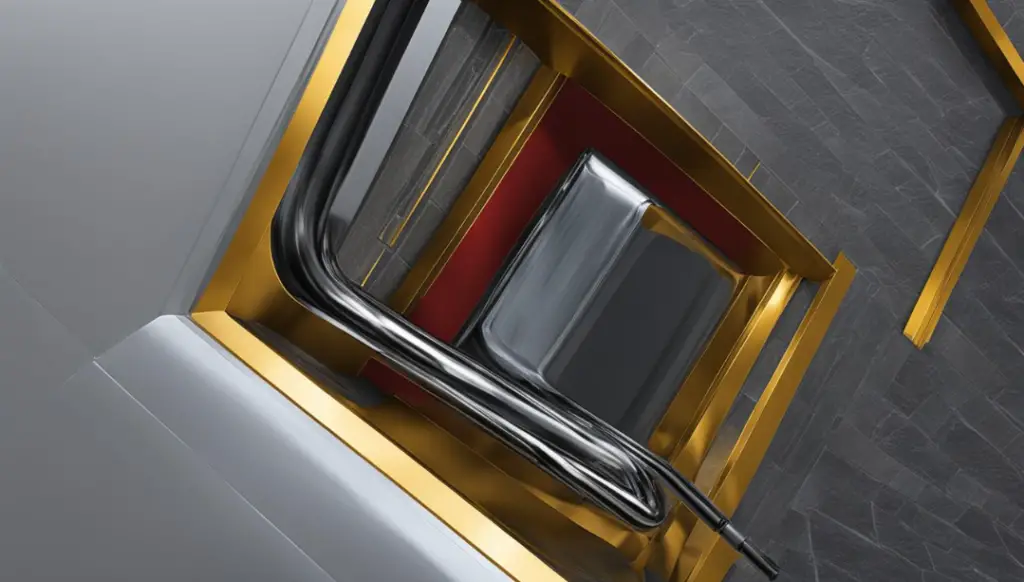
Key applications for door bends include:
- **At the base of vertical stacks** – where debris may accumulate due to gravity.
- **Before sharp turns in the system** – to allow for easy access.
- **Just after water closets** – for regular cleaning to prevent blockages.
By understanding how to implement the right bends in your plumbing system, you can significantly enhance the efficiency and longevity of your SWR infrastructure. Whether it’s a straight pathway with the aid of a plain bend 90 degrees or a maintenance-accessible pipeline with a door bend, the right choice in fittings can lead to a cleaner, more efficient plumbing network tailored to meet the demands of modern construction.
Understanding the Utility of Tees in SWR Pipes
In every Soil, Waste, and Rainwater (SWR) system, a critical component that facilitates the smooth and efficient distribution of water throughout the infrastructure is the ‘Tee’. Designed to create branches within the pipeline, these tees come in various sizes and shapes to accommodate different functions and flow dynamics. Recognizing the single plain tee uses and the advantages of reducing single tee uses is paramount to optimizing your SWR system for superior performance and longevity.
Single Plain Tee with Uses and Image
The single plain tee is a fundamental piece in plumbing that allows for the diversion of the flow from the main line into a branch line. This is essential when you want to distribute water to different locations from a single source. The **single plain tee uses** are diverse, ranging from residential applications like connecting water lines to a kitchen or bathroom, to commercial settings where multiple branches are needed from a main pipeline.
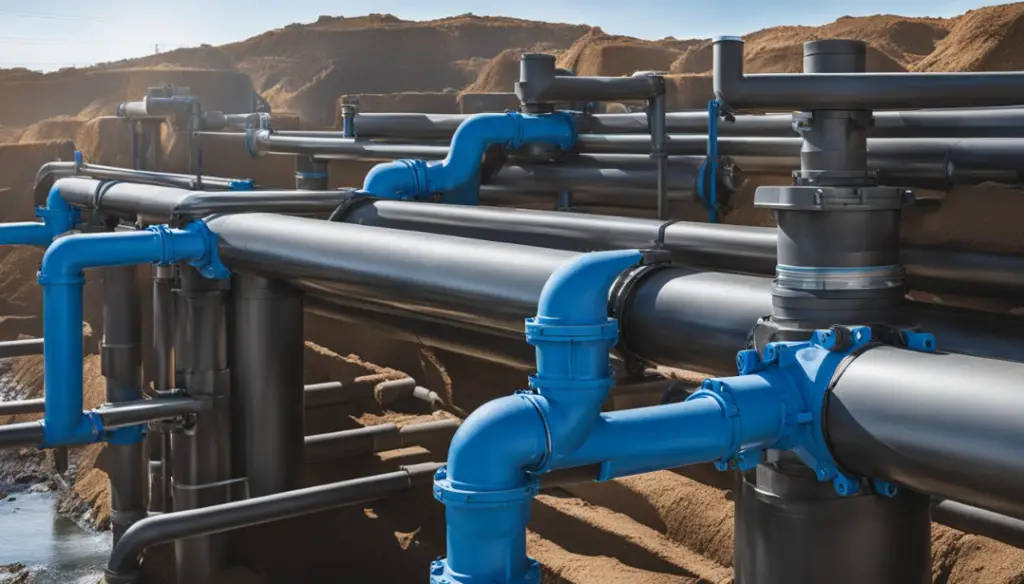
The efficacy of single plain tees is not only seen in creating new waterlines; they are also instrumental in repairs and upgrades to existing systems, demonstrating the **SWR tees utility** in a practical context.
Reducing Single Tee with Uses and Image
The reducing single tee performs a slightly different function from the single plain tee. It merges lines of different diameters, typically making a transitional connection between a larger pipe and a smaller one. This capability underscores the **reducing single-tee uses** in complex plumbing systems where different pipe sizes are meshed into a cohesive network. They are particularly useful in gradual waste reduction systems where the flow must be split and decreased systematically.
Implementing a reducing single tee strategically within an SWR system facilitates not only efficient flow but also a reduction in hydraulic shocks, a phenomenon that occurs when fluid flow changes direction or velocity. This pivotal role enhances the overall utility and durability of your SWR framework.
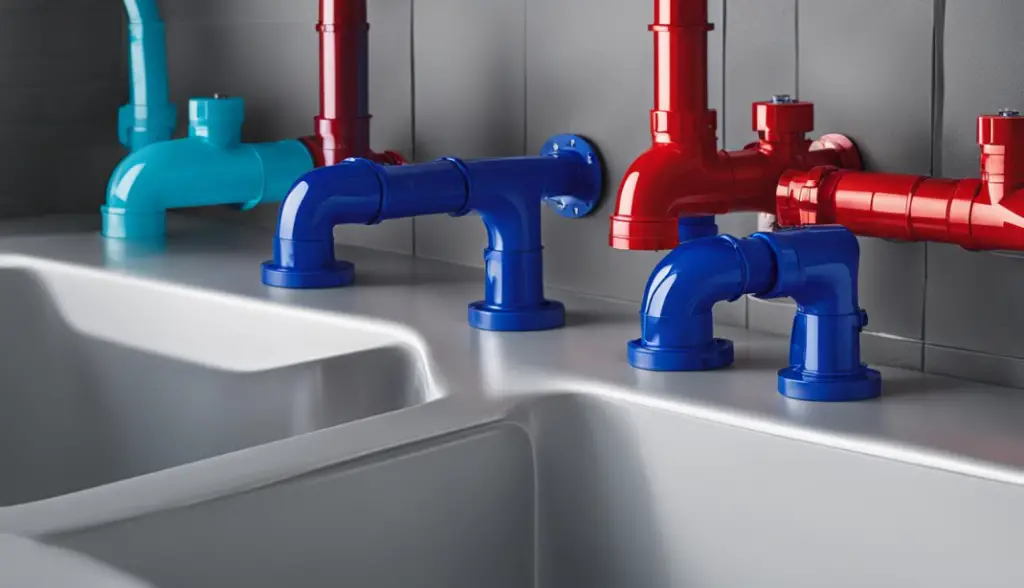
The reiterated focus on tees in any plumbing setup reaffirms their importance in establishing a capable and reliable SWR system. With the right tees in place, water can be effectively directed, split, or reduced, ensuring an uninterrupted service that stands the test of time and usage.
Maintaining Accessibility: The Role of Traps and Cleaning Pipes in SWR Systems
Clogged pipes and foul odors can compromise the efficiency and hygiene of Soil, Waste, and Rain (SWR) systems, hence the significance of SWR traps’ role and cleaning pipes in sewer systems cannot be overstated. Traps are not just about preventing the backflow of gases; they are also about keeping the paths clear for water and waste to pass through without obstruction. Understanding the role these elements play is essential in maintaining SWR accessibility and overall system health.
Traps, such as P-traps and S-traps, are designed to hold a small amount of water at all times, which acts as a seal to stop sewer gases from entering the building. Regular cleaning of SWR systems is also fundamental. Over time, pipes may accumulate debris which could lead to blockages and backups. Cleaning the pipes is therefore an integral part of maintenance that ensures smooth operation and accessibility of your SWR system.
But what happens when either of these components is neglected? Let’s look at the possible consequences lined up in a comprehensive table:
| Component | Role in SWR System | Consequences of Neglect | Preventative Actions |
|---|---|---|---|
|
Traps |
Prevent backflow of gases and capture debris. | Foul odors, potential health hazards, and system inefficiency. | Regular inspection and cleaning, ensure water seal is present. |
|
Pipes |
Carry wastewater and rainwater out of the property. | Blockages, backups, and possible damage to infrastructure. | Frequent flushing of lines, use of strainers, and scheduled maintenance. |
As highlighted in the table, it’s clear that the SWR traps role and cleaning pipes in SWR systems are central to maintaining functionality. By engaging in routine cleaning, including the use of specialized brushes and chemical cleaners, and checking traps for water levels and debris, you take proactive steps towards ensuring a healthy SWR system.
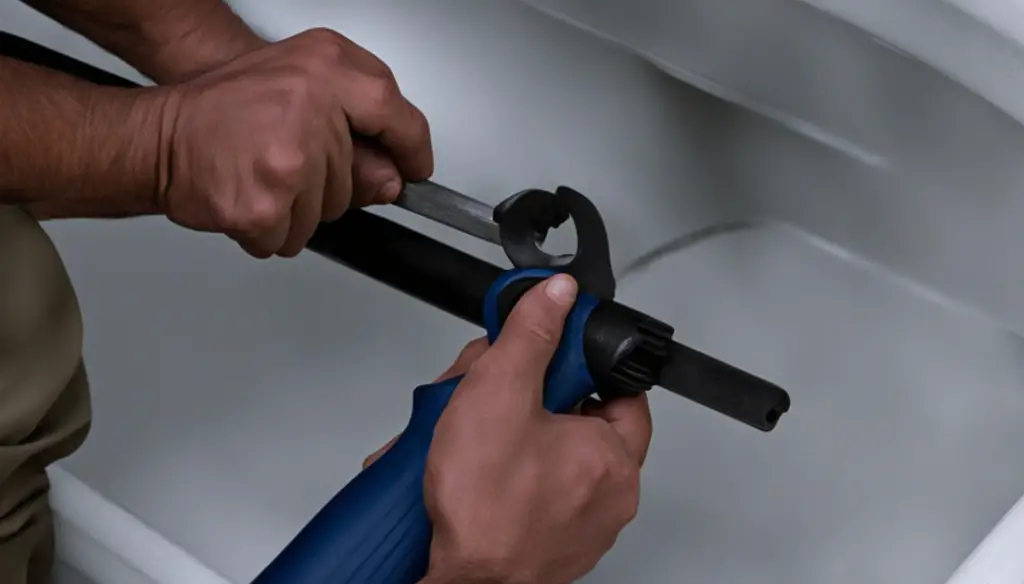
Ultimately, maintaining SWR accessibility is not just about the immediate benefits but also about safeguarding against future issues that could lead to more significant problems. A well-maintained SWR system contributes to the safety and comfort of residential and commercial spaces, protecting the environment and the property’s value.
Conclusion
Throughout this comprehensive guide, we’ve navigated the essentials of SWR (Soil, Waste, and Rain) pipes and fittings, focusing on their application within various SWR systems. As we conclude, it’s imperative to underscore the strategic importance of optimizing SWR systems for enhanced longevity and efficiency. The choices made in selecting SWR fittings will determine not just the immediate functionality of your plumbing infrastructure but its sustainability over time.
Optimizing Your SWR Systems for Longevity and Efficiency
Achieving the best performance from your SWR systems involves more than just installation—it’s about optimization. Carefully considering the types and sizes of each component, from the robust array of pipe fittings to the traps and bends, ensures that the entire system operates seamlessly. Ensuring these components are of the highest quality, and matched precisely to their intended environment, maximizes their longevity and efficiency. It is a critical step that you, as builders or homeowners, cannot afford to overlook.
Final Thoughts on Choosing the Right SWR Pipes
In conclusion, the art of choosing SWR Pipes is nuanced, involving a delicate balance between quality, functionality, and cost. By equipping yourself with the knowledge and insights presented throughout this article, you’re now primed to make informed decisions that lay the foundations for an effective SWR system. Bear in mind, that the longevity of your SWR infrastructure is a testament to the well-considered choices made during its conception and construction. Forge ahead with a discerning eye, and your efforts will yield a reliable system that stands the test of time.
Happy Learning
Also, Read,
All Bathroom Accessories with Names, Image, and Uses
All Bathroom CP Fittings with names and Images
How to unclog a toilet with or without a plunger
Wall-mounted vs. floor-mounted toilets
Related video

